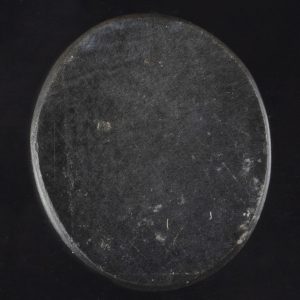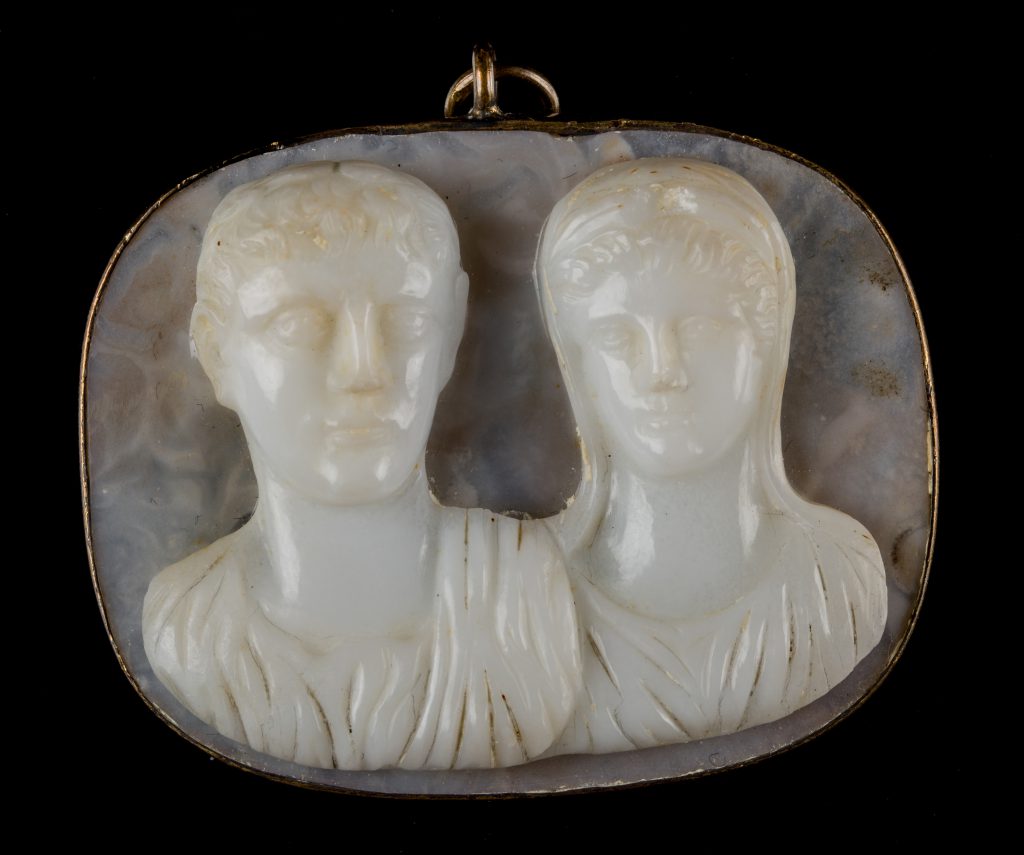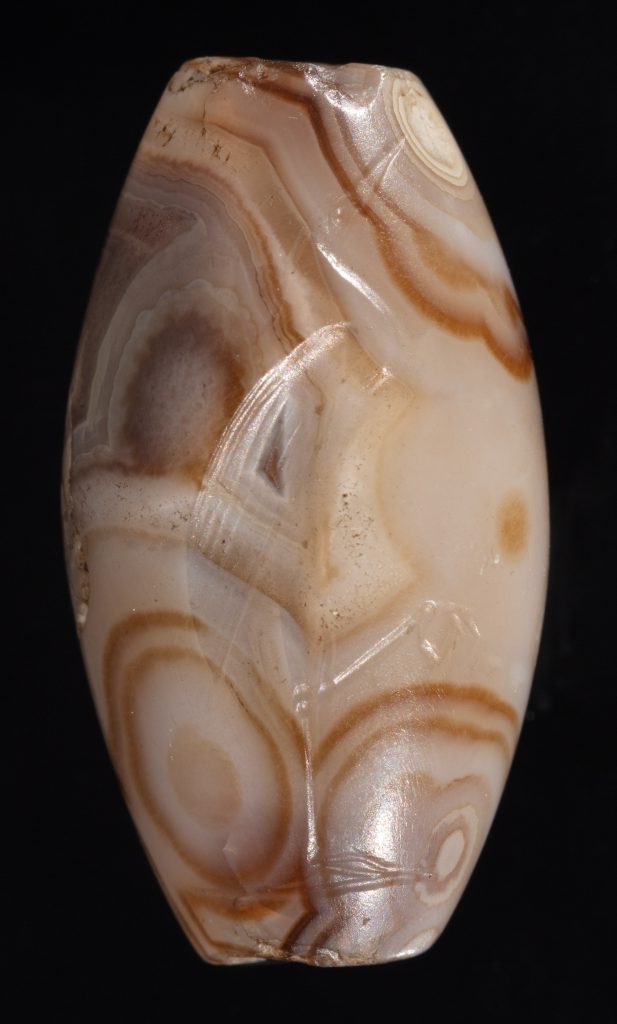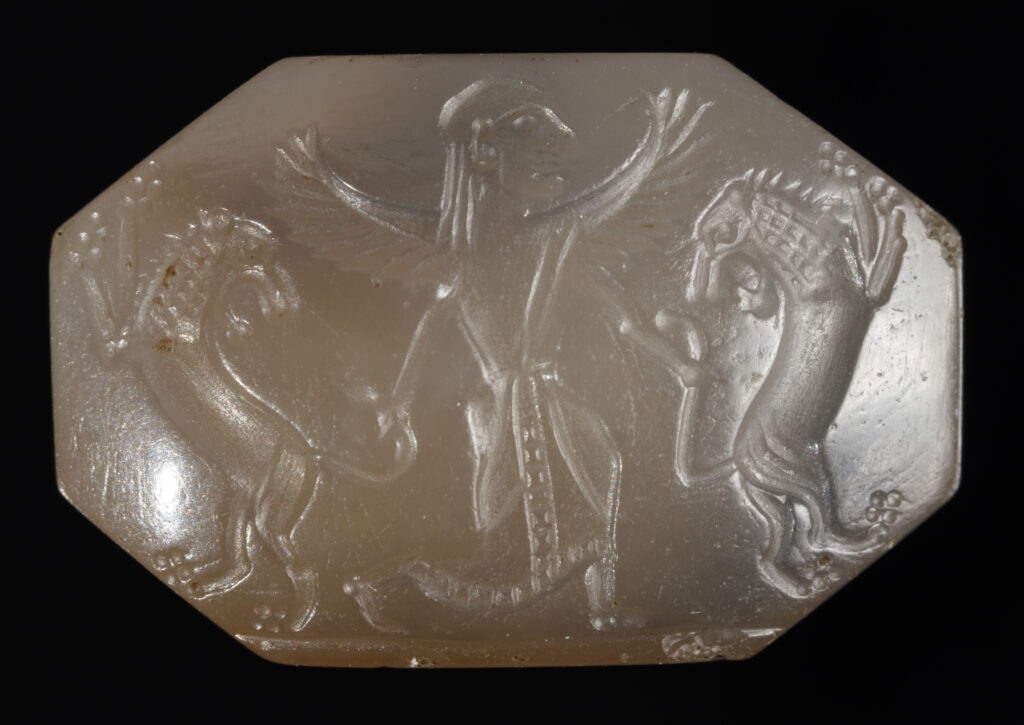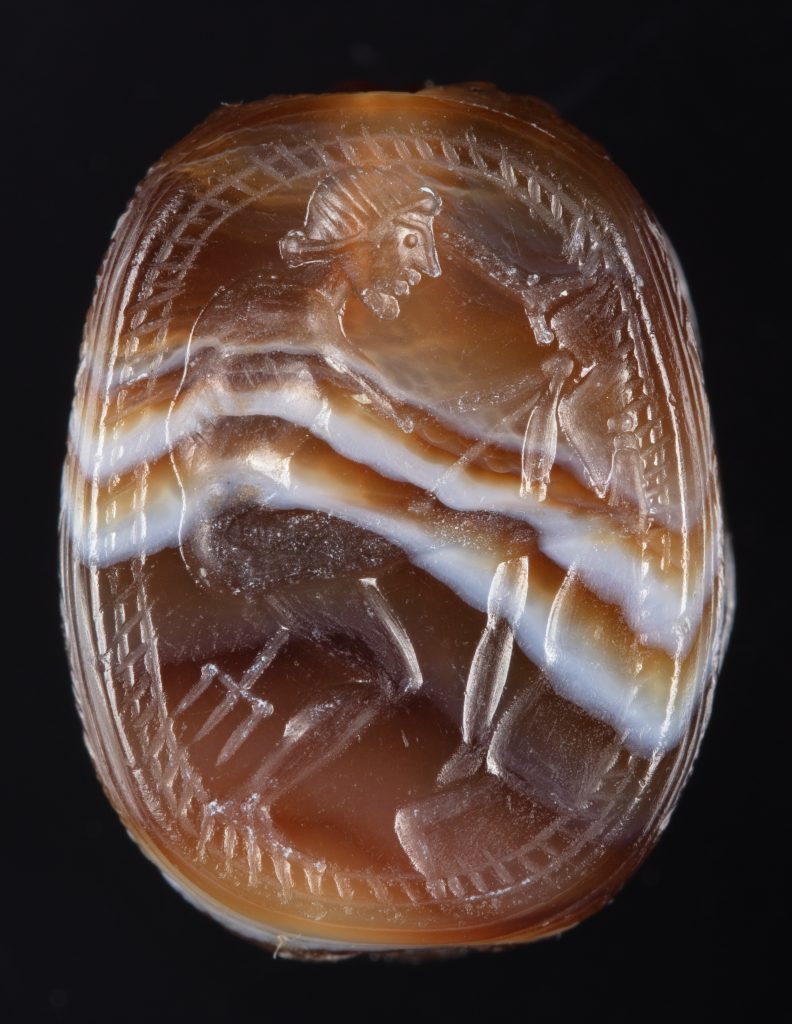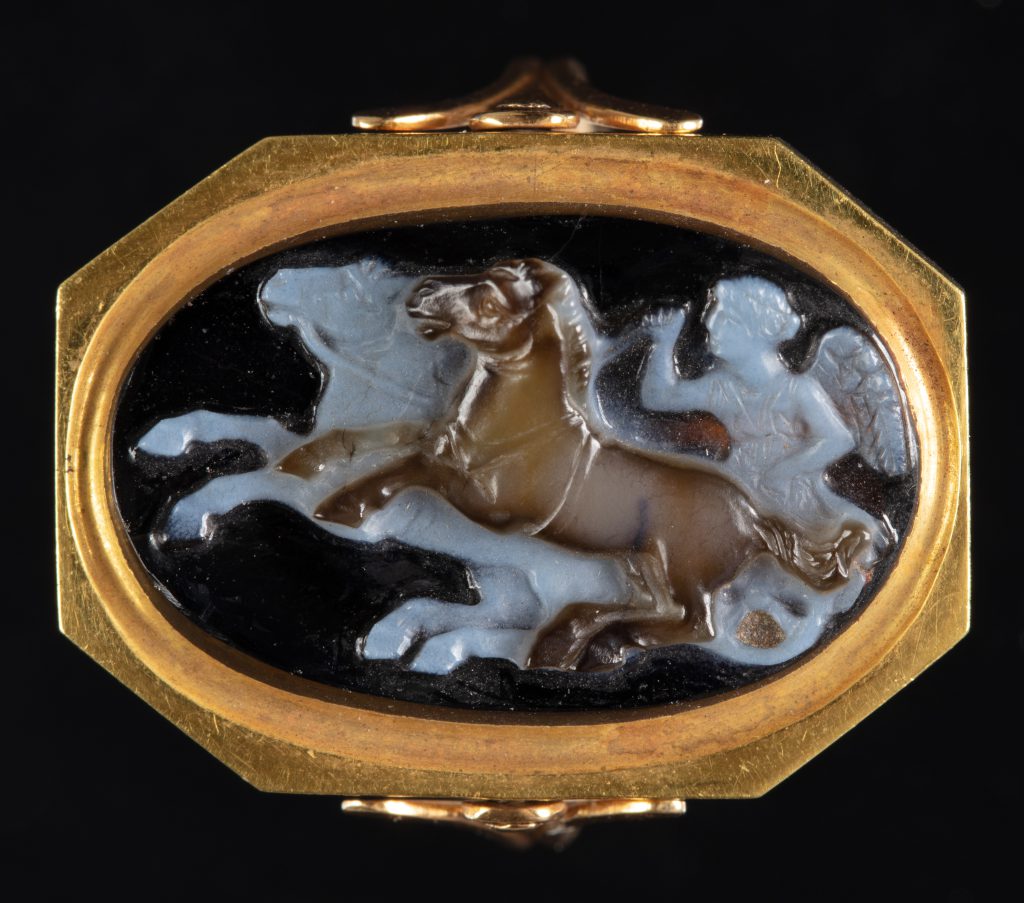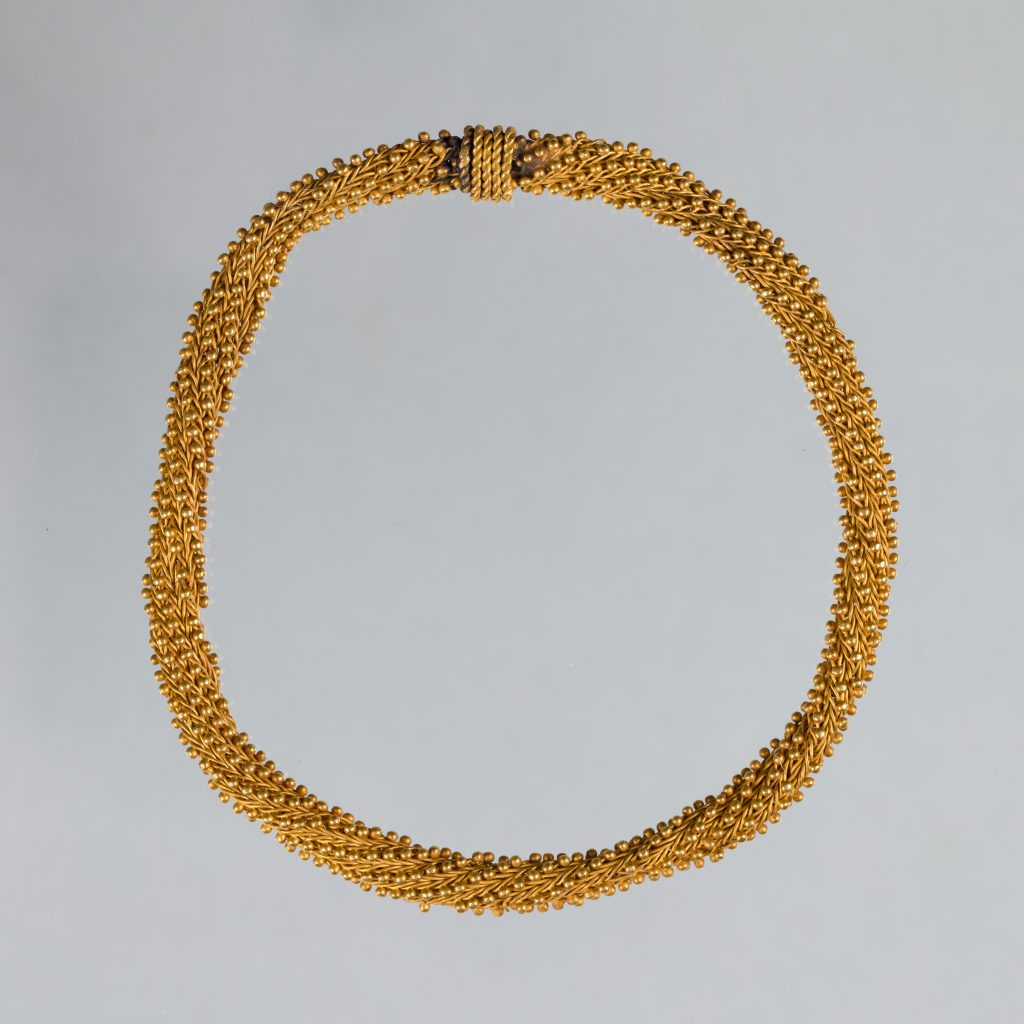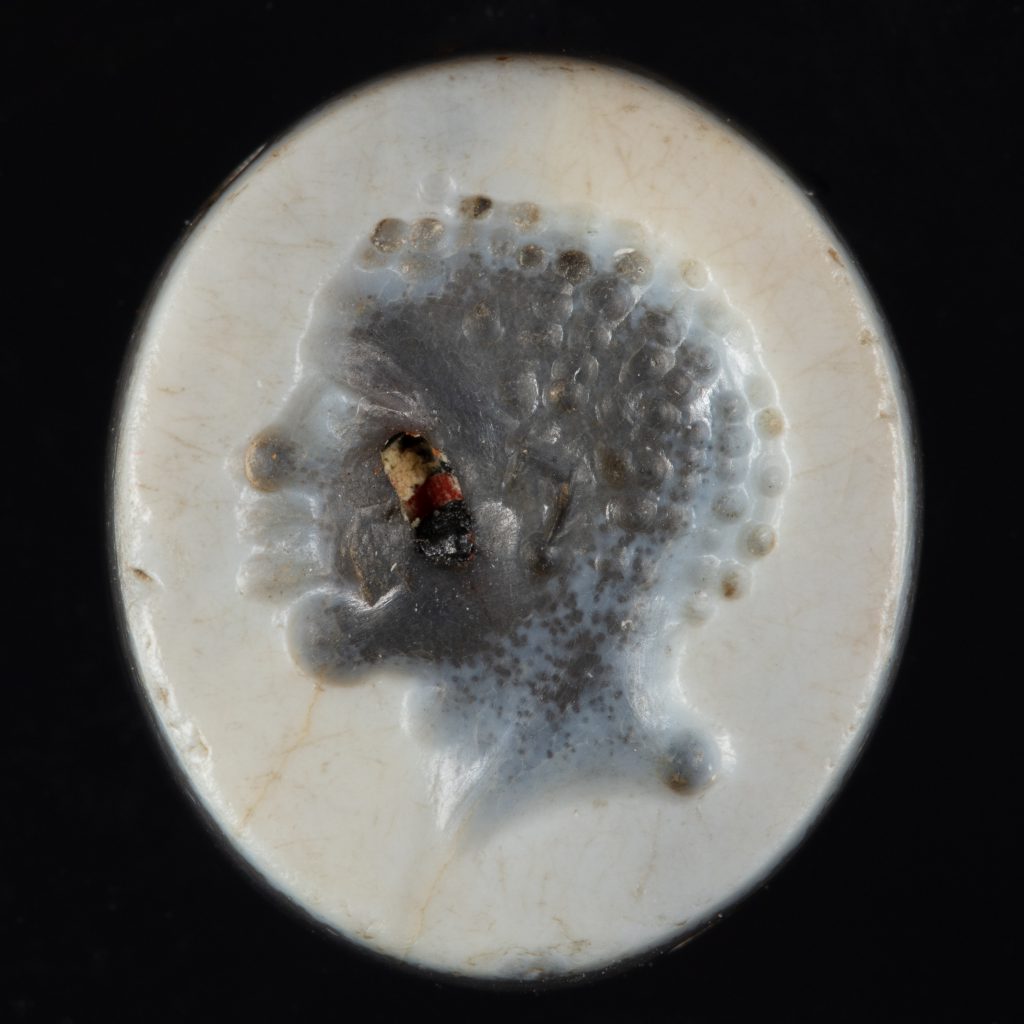
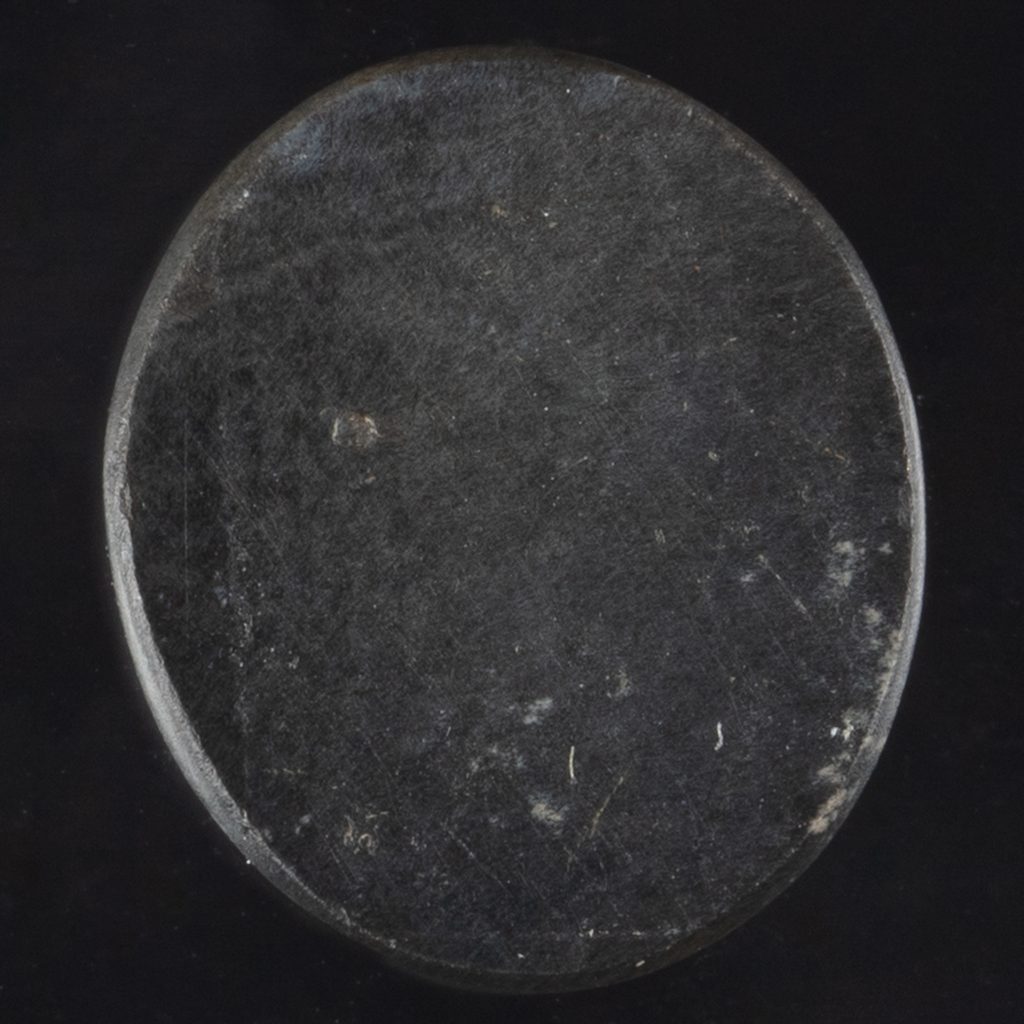
Gift of Edward Perry Warren, Esq., Honorary Degree 1926
1915.85As this gem attests, contact between the Mediterranean world and the cultures of Africa was extensive, and many Greek artists and authors exhibit a profound curiosity with the peoples of Africa, along with other lands existing beyond the shores of the Mediterranean. During the Hellenistic period, as the Greek-speaking world expanded through imperial conquest and trade, cultural contact and curiosity intensified. Though the Greeks and Romans had no scientific theories of race comparable to those invented to undergird modern racism, they were not above depicting the “other”—whether Gauls, Persians, or Africans—with stereotypes in literature and in art.
In this intaglio gem, the head of an African male is depicted in profile. While avoiding outright caricature, the gem cutter may have exaggerated the lips of the subject and paid particular attention to the rendering of the hair—aspects that are developed in contemporaneous stereotypes of Africans in Greek literature and art. As such, this miniature intaglio sculpture provides a window into Greek interactions with “others” who lived beyond Mediterranean borders. The gem may have been inspired by earlier silver coins from Delphi, which featured a similar depiction of an African male.
Before 1915, collection of Edward Perry Warren; 1915, gifted to the Bowdoin College Museum of Art by Edward Perry Warren.
Collector
A testament to his impact as an influential twentieth-century American antiquities collector, Edward Perry Warren’s (1860–1928, H ’26) name is linked to hundreds of ancient objects housed in institutions across the United States, including more than five hundred works at the Bowdoin College Museum of Art alone.

